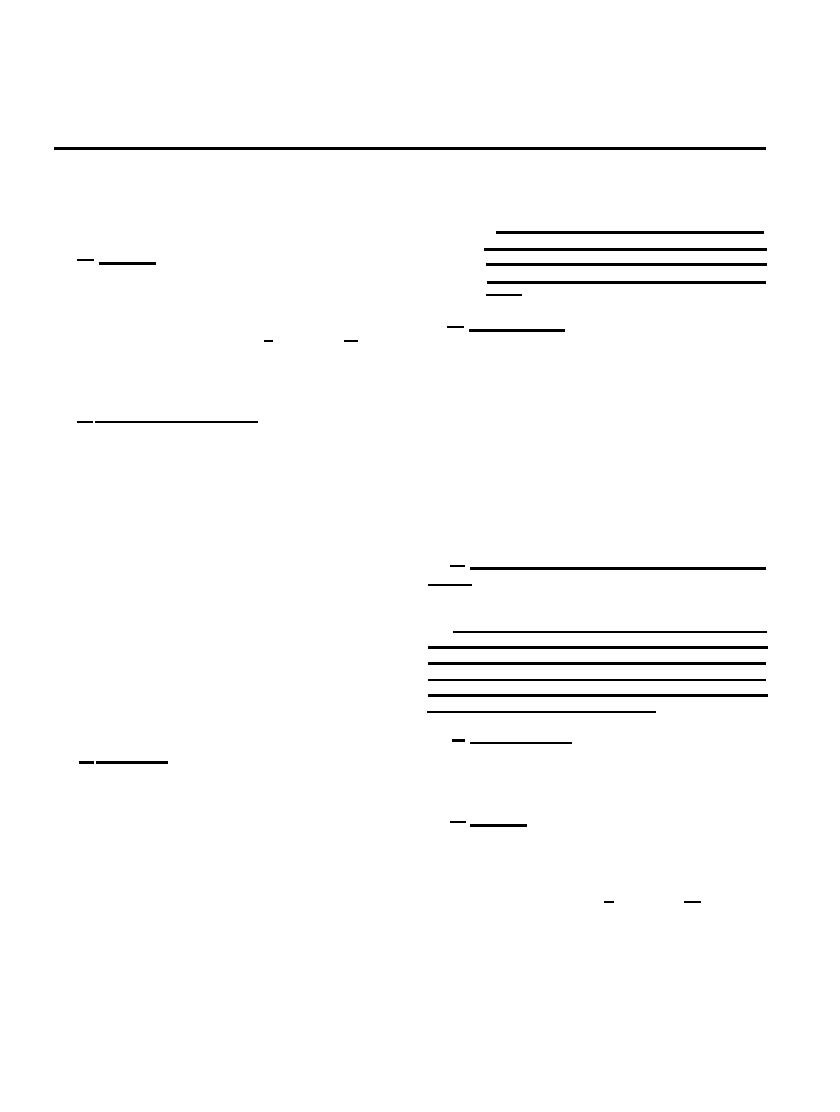 |
|||
|
|
|||
|
Page Title:
CHAPTER 6. REBUILD OF ENGINE COMPONENTS |
|
||
| ||||||||||
|
|
 REBUILD OF ENGINE COMPONENTS
Section I. GENERAL CLEANING, INSPECTION, REPAIR, AND ASSEMBLY PROCEDURES
152. CLEANING.
Caution: Particles blown by com-
pressed air are hazardous. Make certain
a . General. The procedures for cleaning
the air stream is directed away from
will be the same for a great percentage of the
the user and any other persons in the
parts and components which comprise the en-
area.
gine subassemblies. To avoid repetition of in-
structions, the general procedures for cleaning
d . Oil Passages. Particular attention must
are detailed in paragraphs b through f. Any
be given to all oil passages in castings and
cleaning procedures which are peculiar to a
machined parts. All oil passages must be clean
specific part or component are covered in the
and free of obstructions.
section or paragraph relating to that item.
(1) Clean passages with wire or probes to
b. Cleaning Instructions. The importance of
break up any sludge or gum deposits.
cleaning must be thoroughly understood by main-
tenance personnel. Great care and conscientious
(2) Wash passages by flushing with dry-
effort are required in all cleaning operations.
cleaning solvent or mineral spirits paint
The presence of dirt or foreign substances is
thinner.
a constant threat to satisfactory engine opera-
tion and maintenance. The following should apply
(3) Dry passages by blowing them out with
to all cleaning operations:
dry, compressed air.
e. Oil Seals, Electrical Cables, and Flexible
(1) Clean all parts before inspection, after
Hoses. Clean seals, cables, and flexible hoses
repair, and before assembly.
with soap and water.
(2) Hands should be kept free of any ac-
Caution: Do not allow dry-cleaning solvent
cumulation of grease which can collect
or mineral spirits paint thinner to be in contact
dust and grit.
with seals, cables, and flexible hoses. These
cleaners cause leather, rubber, and synthetic
(3) After cleaning, all parts should be
materials to dry out, rot, and lose pliability
covered or wrapped in plastic or suit-
thus making them unserviceable.
able paper to protect them from dust
and dirt.
f. Ball Bearings. Refer to TM 9-214 for in-
formation on care and maintenance of bearings.
c . Castings.
153. INSPECTION
(1) Clean the inner and outer surfaces of
castings and all areas subject to oil
a . General. The procedures for inspection
and grease with dry-cleaning solvent
will be the same for a great percentage of the
or mineral spirits paint thinner.
parts and components which comprise the engine
subassemblies. To avoid repetition of instruc-
(2) Remove sludge and gum deposits from
tions, the general procedures for inspection are
castings using a stiff brush.
detailed in paragraphs b through g . Any in-
spection procedures which are peculiar to a
(3) Blow out all tapped holes with com-
specific part or component are covered in the
p r e s s e d air and dry castings, after
section or paragraph relating to that item. The
cleaning, with compressed air.
186
|
|
Privacy Statement - Press Release - Copyright Information. - Contact Us |